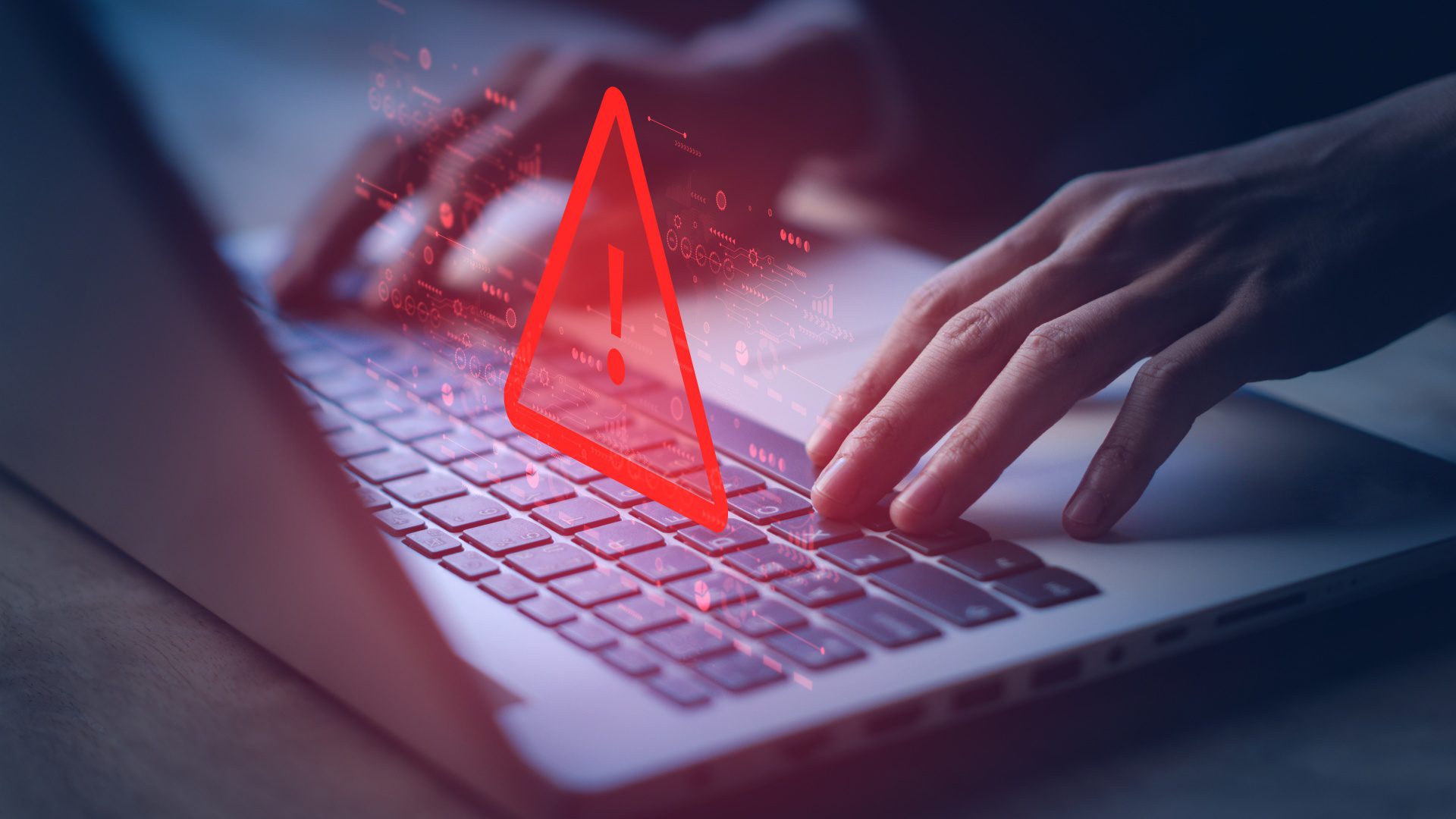What are cyber security threats?
Nowadays, with the increasing use of all sorts of computers and IT devices both for personal use and especially for work, cyber security represents a very delicate and serious matter to address. The reason is clear: everyday, cyber security is haunted by dangerous threats and the major risks occur above all within companies.
To define the problem, cyber security threats are harmful actions aiming to damage, steal or disrupt data stored on databases and devices, turning the digital experience into a real hell to go through for many users.
Some data (related to 2022) help to understand better how cyber security threats seriously and dangerously challenge lives of people and businesses on the Internet:
- 1 billion emails were malicious, affecting 1 in 5 users;
- Data breaches cost worldwide companies about $4,35 million;
- 236 million ransomware attacks occurred only in the first half of the year;
- 39% of UK businesses suffered cyber attacks, costing on average £4200;
- In the USA, 1 in 10 firms have no insurance to cover cyber attacks damages, while more than half of citizens were affected by cyber crime attempts.
The main types of cyber security threats, which make the most common attacks affecting users and companies, are:
- Malwares attacking specific systems or applications;
- Ransomwares attacking systems and denying users to access them, if not after the payment of a specific sum of money;
- Spamming infected messages or contents, via email, to many different users;
- Phishing techniques aiming to steal personal data through fraudulent systems;
- Corporate Account Takeovers attacks aiming attack and break through business-owned users credentials.
The latest most dangerous cyber security threats
The evolution of IT technologies and devices implementing higher levels of security allows users, especially companies, to operate over the Internet feeling safer. But, on the other hand, cyber criminals master the ability to be up-to-date by learning how the latest systems and applications work and how to attack them breaking through defenses.
Indeed, besides the most common and traditional kinds of attacks that hackers usually attempt to harm Internet users, now there are new challenges at the horizon. Thus, let’s take a look at the latest most dangerous cyber security threats to be aware of.
Distributed Denial of Service (DDoS)
A DDoS attack occurs when the attacker floods a target server with fake traffic, involving multiple connected online devices called botnets, aiming to disrupt and even definitely bring down the target by overreaching the maximum capacity of the platform to receive and perform users requests.
This kind of attack is getting very popular as it represents a strong weapon for cyber criminals to assault specific websites and applications, more likely related to e-commerce and banking, making them unavailable for legitimate users and resulting in serious long term damages concerning revenues, brand reputation and trust.
Nevertheless, DDoS attacks usually represent a smokescreen to make it easier to break through the victim’s security perimeter with other malicious attacks, too, and the spreading of new sophisticated technologies gives to most expert hackers the possibility to successfully perform these cyber security threats with the finest methods.
SQL Injection and Cross-Site Scripting (XSS)
Databases are one of the pillars of the foundation of Internet and cyber criminals know how negatively disruptive could be attacking them. So, among the latest cyber security threats to watch out for is key to learn about SQL Injections and Cross-Site Scriptings.
SQL Injection attacks specifically assault databases built with this language aiming to compromise the security level breaking through it by using malicious forms to execute queries that will create, read, modify or even delete the data stored in the database.
Similarly, XSS attacks aim to infect the users who visit and use a trusted application or website, and so interact with the target database, injecting malicious executable scripts into the code. This attack allow hackers to access to users devices to steal cookies data, extract log-in credentials or simply redirect the user to a malicious website.
Cryptojacking
Cryptojacking is a new cyber security threat that compromises infected computers turning them into generators to mine crypto-currencies exploiting the local device’s resources, thus illegally generating profits cutting off costs.
This type of cyber attack is not well-known still as its effects are not as dangerous as other cyber security threats do, but still it shouldn’t be underestimated for the leaching of resources affecting personal or company networks.
Cryptojacking malwares were lately included in a malicious campaign which attempts to infect devices asking Google Chrome’s users to proceed with fake updates installing a cryptominer system to turn Chrome into a crypto-currencies generator.
AI-powered and IoT-based attacks
Nowadays, the most dangerous and worrying cyber security threats concern the evolution of artificial intelligence and Internet of things systems. These technologies impressively perform to increase the dangerousness of large scale attacks, like DDoS, as AI and IoT connected devices may perfectly serve as botnets to assault servers.
But the risk is potentially endless, as it’s still hard to predict how powerful such tools will become in future. In fact, AI-powered softwares are able to learn many information about the victims, helping hackers to identify concrete vulnerabilities and the best approaches to attack – for example, AI is dangerous especially for spear phishing and corporate takeovers. Same goes for IoT systems, above all security and medical devices, that could be compromised by cyber criminals to steal personal data and information through sophisticated attacks, for example the man-in-the-middle (MITM): this cyber security threat makes possible for hackers to spy the victims and intercept communications to steal information and credentials, or somehow even to alter the conversation – for example in the case of a digital vocal assistant, which could be hacked.
LockBit ransomware
One of the finest and most dangerous cyber security threats refers LockBit ransomwares, especially for businesses. In fact, it is a sophisticated malware operating like a “ransomware-as-a-service” (RAAS) and potentially capable of infecting companies and organisations intranets in a very targeted and self-spreading way.
Its most powerful and dangerous feature revolves around the automation of the infecting process that, probably by leveraging AI and IoT, individuate weaknesses and vulnerabilities and automatically attack those functions causing a block of the access to the system for the users unless a ransom payment happens.
How to prevent the risks related to cyber security threats
Preventing cyber security threats to transform into real attacks and infections is not an easy task, as the key to succeed in the prevention is working together within the organisation to enhance knowledge and awareness of this phenomenon.
There are, of course, some best practises to prevent the potential risks related to cyber security threats:
- Install the most recent and updated anti-virus protection softwares, designed to spot and contrast even the latest and finest threats;
- Train the whole company staff to identify malicious emails and websites, reporting threats to the specific division that operates for cyber security;
- Have a strong security policy, including several levels and methods like the adoption of strong and complicated passwords or the multi-factor authentication;
- Keep systems, applications and softwares up-to-date, as official updates help devices and its functions to perform better and safer;
- Control accesses to systems and data, especially for what concerns administrator accounts that work as key for sensitive data and information;
- Monitor business network for spotting unusual and potentially malicious activities, including suspicious file encryption, inbound and outbound traffic, malfunctions or even breakdowns.








